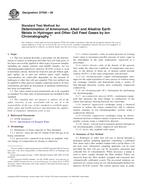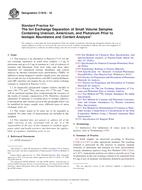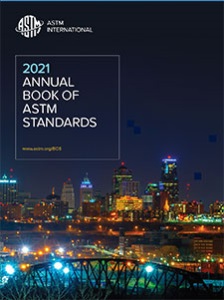1.1 Fracture toughness is a key property for a number of aluminum alloys utilized in aerospace and process industries. Fracture toughness testing is often required for supplier qualification, quality control, and material release purposes. The purpose of this practice is to provide uniform test procedures for the industry, pointing out which current standards are utilized in specific cases, and providing guidelines where no standards exist. This practice provides guidance for testing (a) sheet and other products having a specified thickness less than 6.35 mm (0.250 in.), (b) intermediate thicknesses of plate, forgings, and extrusions that are too thin for valid plane-strain fracture toughness testing but too thick for treatment as sheet, such as products having a specified thickness greater than or equal to 6.35 mm (0.250 in.) but less than 25 to 50 mm (1 to 2 in.), depending on toughness level, and (c) relatively thick products where Test Method E 399 is applicable.
1.2 This practice addresses both direct measurements of fracture toughness and screening tests, the latter recognizing the complexity and expense of making formal fracture toughness measurements on great quantities of production lots.
1.3 The values stated in SI units are to be regarded as the standard. The values in inch-pound units given in parenthesis are provided for information purposes only.
This standard does not purport to address all of the safety concerns, if any, associated with its use. It is the responsibility of the user of this standard to establish appropriate safety and health practices and determine the applicability of regulatory limitations prior to use.
Product Details
- Published:
- 09/01/2006
- Number of Pages:
- 7
- File Size:
- 1 file , 120 KB
- Redline File Size:
- 2 files , 220 KB


